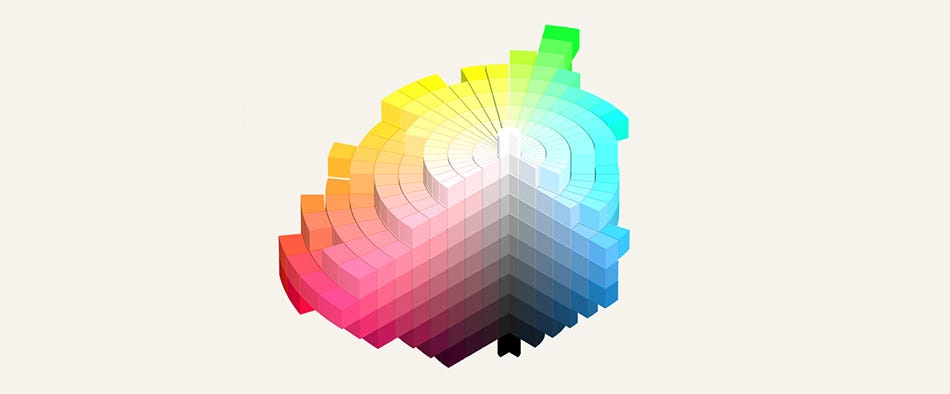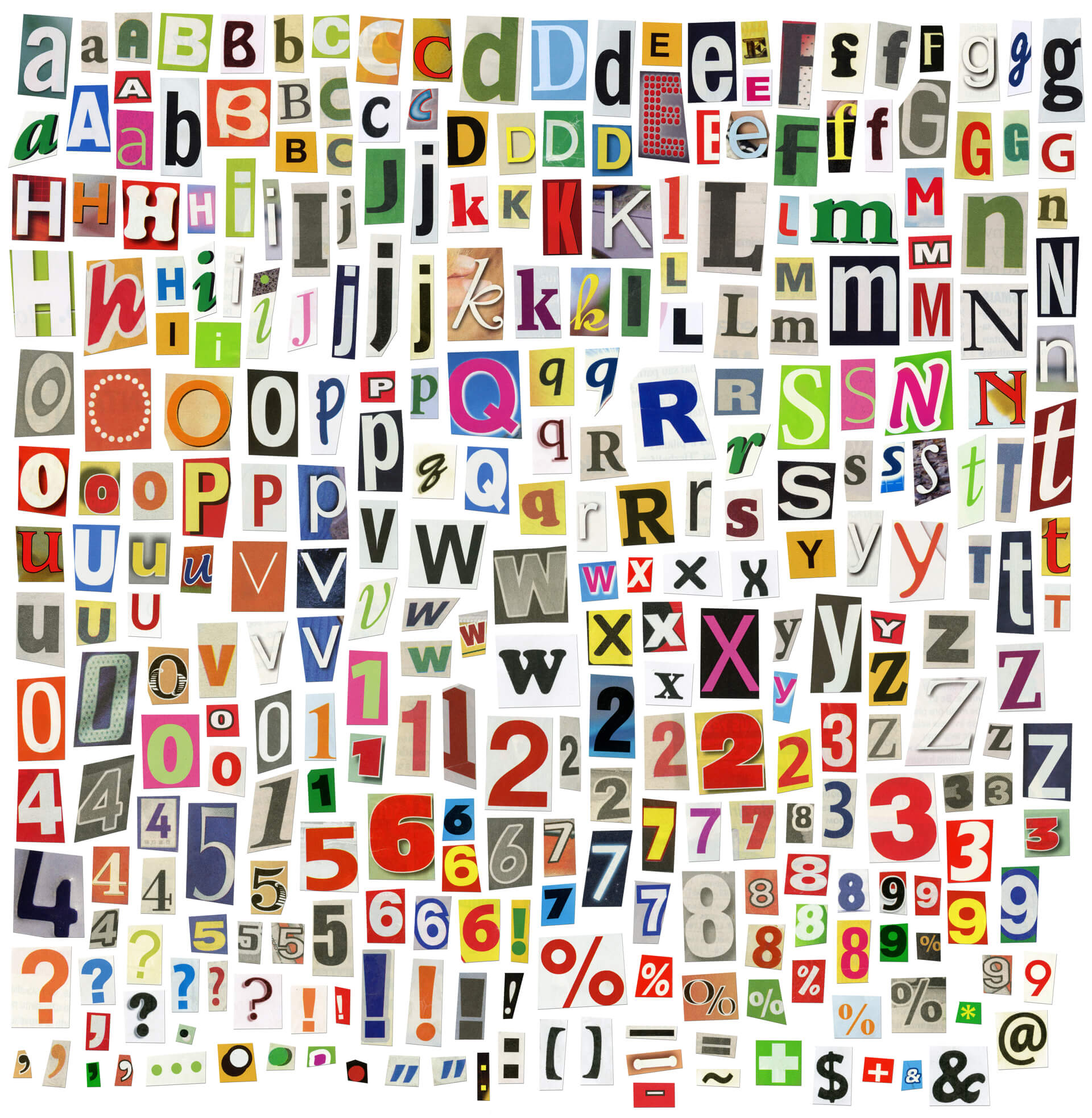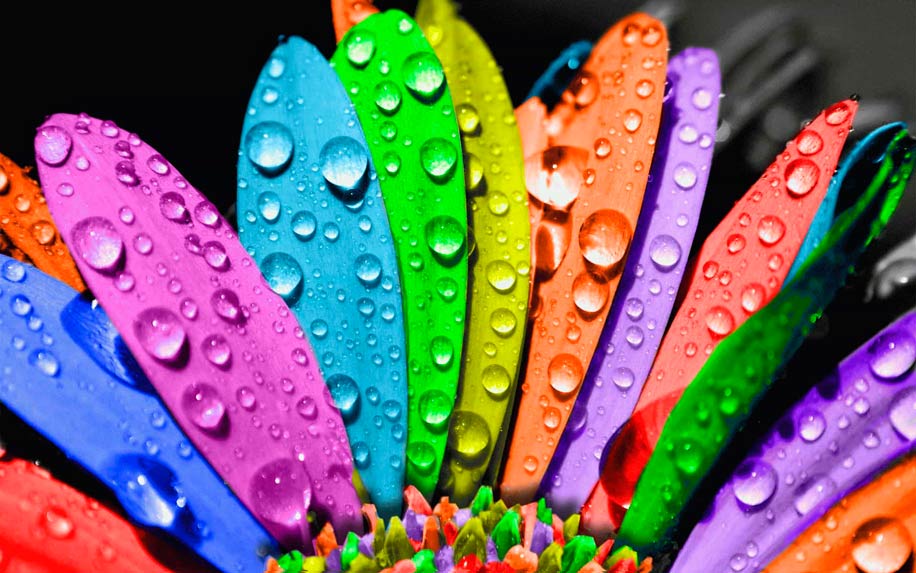
In the ever-evolving landscape of education, the integration of technology into various disciplines has transformed traditional methods of teaching and learning. Among the most fascinating intersections is where Educational technology meets visual arts color celebration meets visual arts—a domain enriched by innovative educational technologies. This article delves into the synergy between educational technology and visual arts, exploring how these fields enhance creativity, provide new avenues for expression, and engage learners in unprecedented ways.
The Rise of Educational Technology
Educational technology has come a long way since the introduction of simple learning aids. With advancements in digital tools, the classroom has transformed into a dynamic environment, where learners can access resources from anywhere in the world. Technologies such as interactive software, online learning platforms, and virtual reality experiences have broadened the educational horizon.
Educational technology is no longer just about delivering content; it’s about creating engaging and interactive learning experiences. It empowers educators to reach diverse learners, catering to various learning styles and paces. As technology becomes more integrated into curricula, visual arts are finding a unique place within this evolving landscape.
The Role of Visual Arts in Education
Visual arts—encompassing disciplines such as painting, sculpture, photography, and digital media—have long been recognized for their ability to foster creativity and critical thinking. They encourage self-expression and provide a means for learners to communicate their ideas and emotions effectively. Integrating visual arts into educational technology creates an environment that promotes innovation and exploration.
Art education has a profound impact on cognitive development, improving skills such as problem-solving, analytical thinking, and spatial awareness. Additionally, visual arts can be a powerful tool for enhancing emotional intelligence, allowing learners to connect with their feelings and those of others through their artwork.
Innovative Educational Tools for Visual Arts

The digital age has birthed an array of tools that enhance the way visual arts are taught and experienced. Among these tools are graphic design software, digital painting applications, and online galleries, all of which have made the art-making process more accessible and engaging.
**Graphic Design Software:** Programs such as Adobe Creative Suite, Canva, and Affinity Designer enable students to create professional-quality designs from their computers. These tools allow for experimentation without the constraints of physical materials, encouraging young artists to explore their creativity in a risk-free environment.
**Digital Painting Applications:** Applications like Procreate and Corel Painter have revolutionized the way artists create. With the ability to use a variety of brushes, textures, and colors at their fingertips, students can create stunning artwork that rivals traditional media. Through these applications, learners can easily share their creations with peers and receive instantaneous feedback.
**Online Galleries and Social Media:** Platforms like Instagram, Behance, and DeviantArt provide artists with extensive opportunities to showcase their work. These platforms serve not just as portfolios but also as communities where feedback and collaboration thrive. By engaging with a global audience, students can gain exposure and learn from artists around the world.
Interactive Learning Experiences
One of the most compelling aspects of educational technology is the ability to create interactive learning experiences. With virtual and augmented reality, students can immerse themselves in the world of visual arts in ways that were previously unimaginable. Imagine walking through a digital gallery or creating art in a simulated environment that replicates famous historical places or movements.
For instance, virtual reality applications can transport students to art history lessons that allow them to explore famous museums and interact with artworks up close. This approach not only makes learning more engaging but also enhances understanding through experiential learning. Students can analyze the techniques used by masters and apply them in their own creations, bridging the gap between theory and practice.
Collaboration in the Age of Technology
With the increased connectivity afforded by technology, collaboration in visual arts education has never been easier. Platforms such as Google Classroom and Zoom allow educators and students to connect regardless of location, facilitating group projects and discussions.

Collaborative art projects can involve students working together, sharing ideas, and creating pieces that reflect diverse perspectives. This approach promotes a sense of community and teaching students the value of teamwork—a skill essential in many professional fields, including the arts.
Challenges and Considerations
While the integration of technology into visual arts education offers numerous benefits, it is not without challenges. One significant concern is the accessibility of technology. Not all students may have access to the necessary tools or reliable internet connections, creating disparities in education. Addressing this issue requires schools and communities to work together to ensure that all students have the opportunity to benefit from technological advancements.
Additionally, there is a need for educators to receive adequate training in using technology within the arts. Effective integration requires more than just access; it necessitates an understanding of how to utilize these tools to enhance the artistic process genuinely.
Future Perspectives
The future of educational technology and visual arts is filled with potential. As technology continues to evolve, we can expect even more innovative tools and approaches to emerge. This evolution paves the way for a generation of artists who are not only skilled in traditional methods but also adept at leveraging digital technologies for creativity.
Moreover, as artificial intelligence begins to play a more prominent role in artistic endeavors, we may see new forms of collaboration between human artists and machines. Such collaboration could yield hybrid art forms that challenge our understanding of creativity and authorship.
Conclusion
In summary, the intersection of educational technology and visual arts is a vibrant and dynamic space that fosters creativity and innovation. By embracing digital tools and interactive learning opportunities, educators can inspire the next generation of artists to explore, create, and connect in profound ways. As we celebrate the fusion of these disciplines, we envision a future where technology serves as a powerful ally in the pursuit of artistic expression and education.
